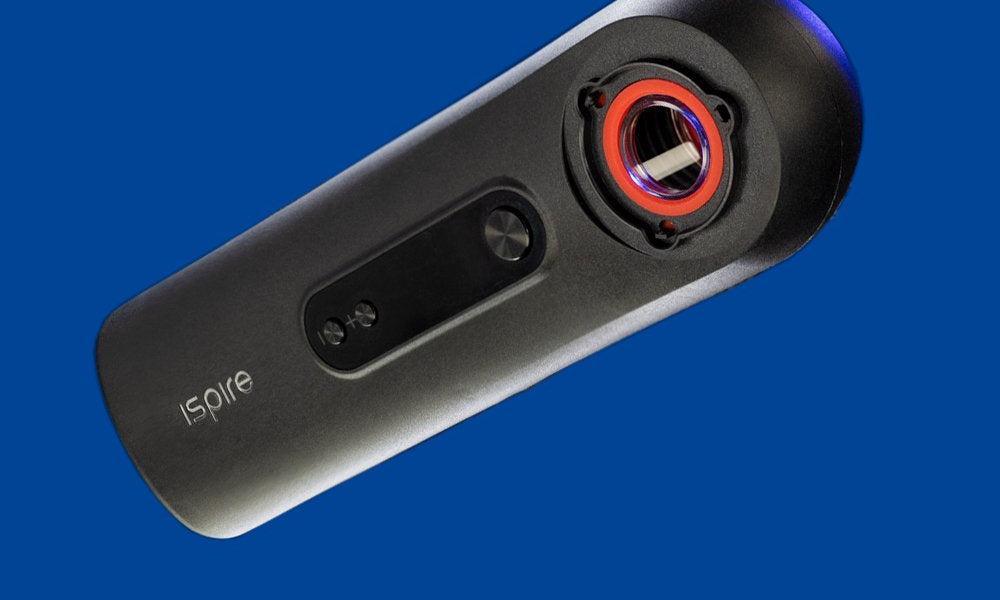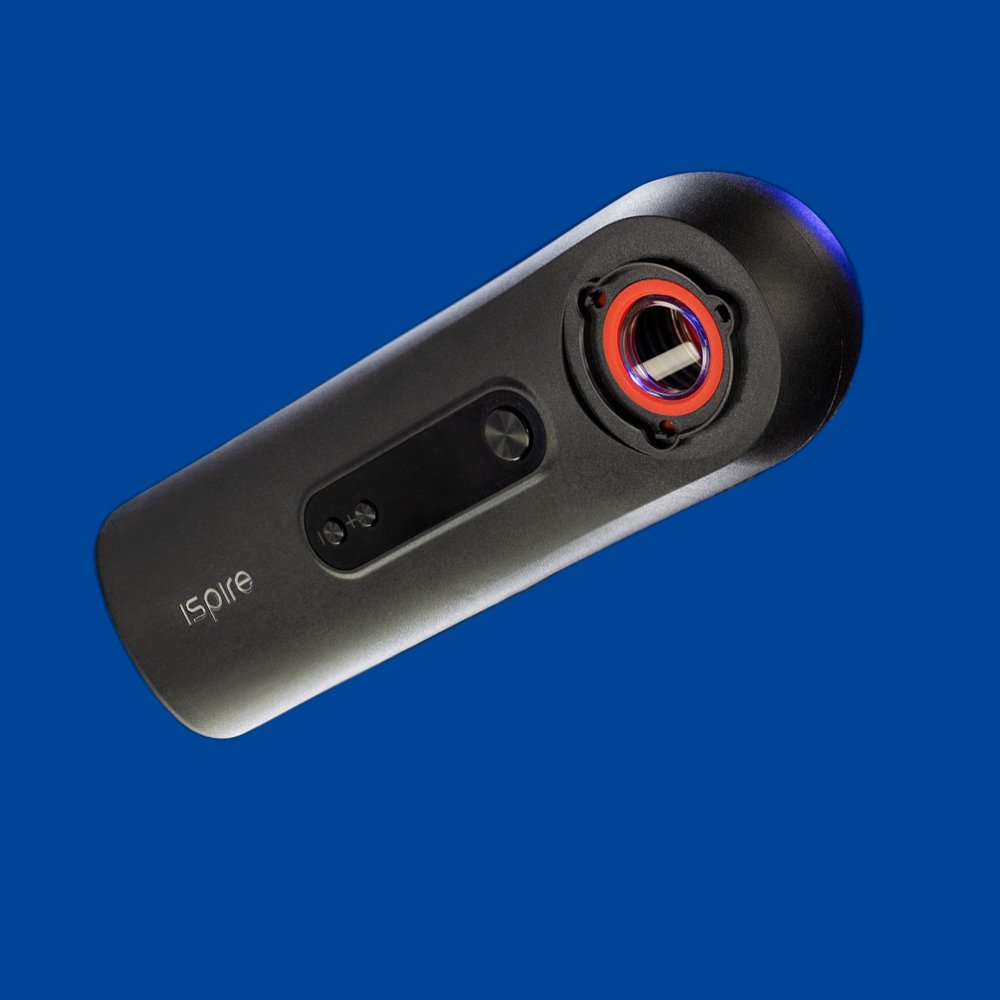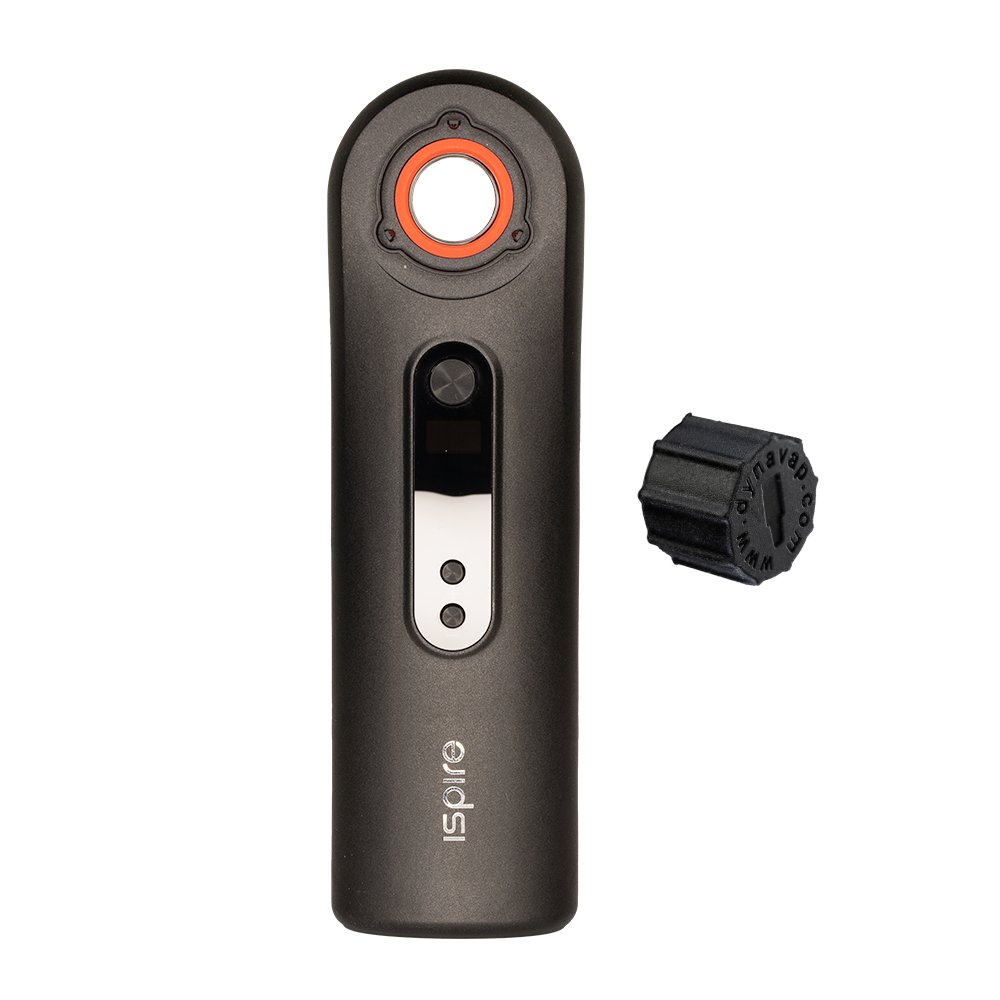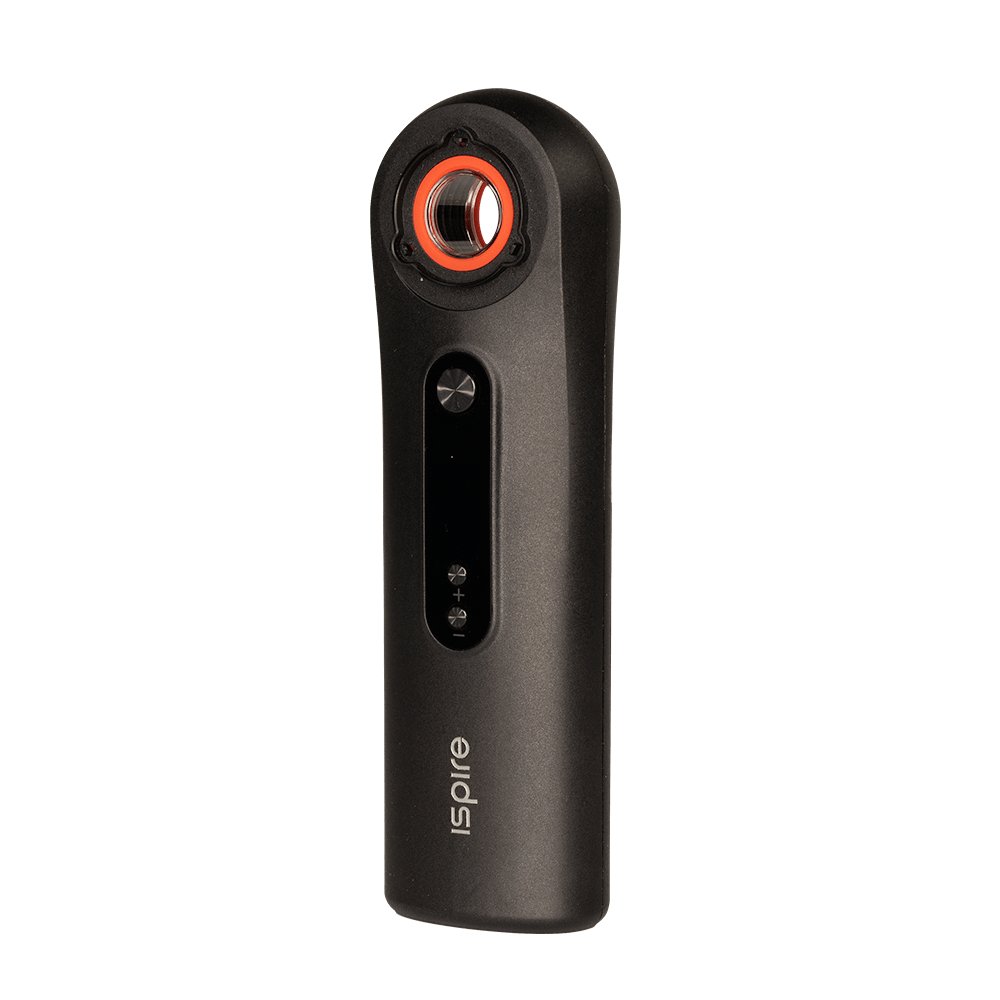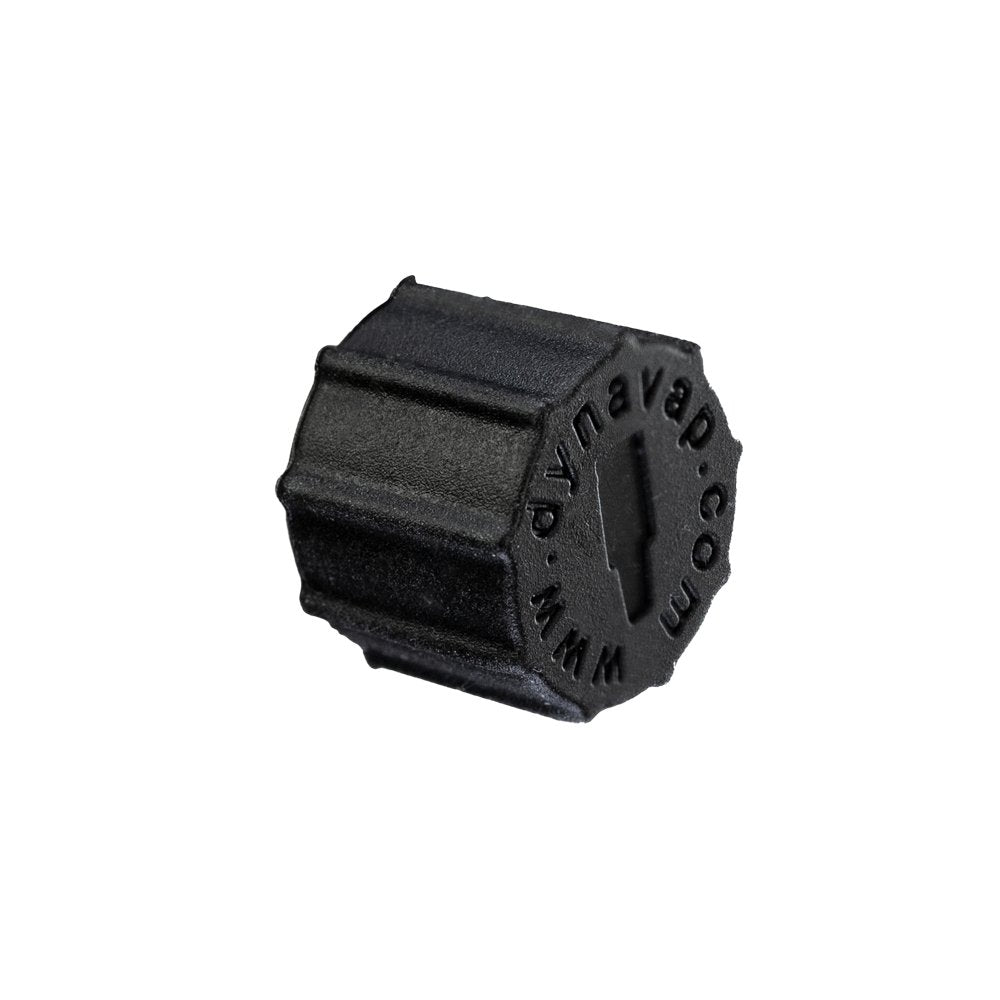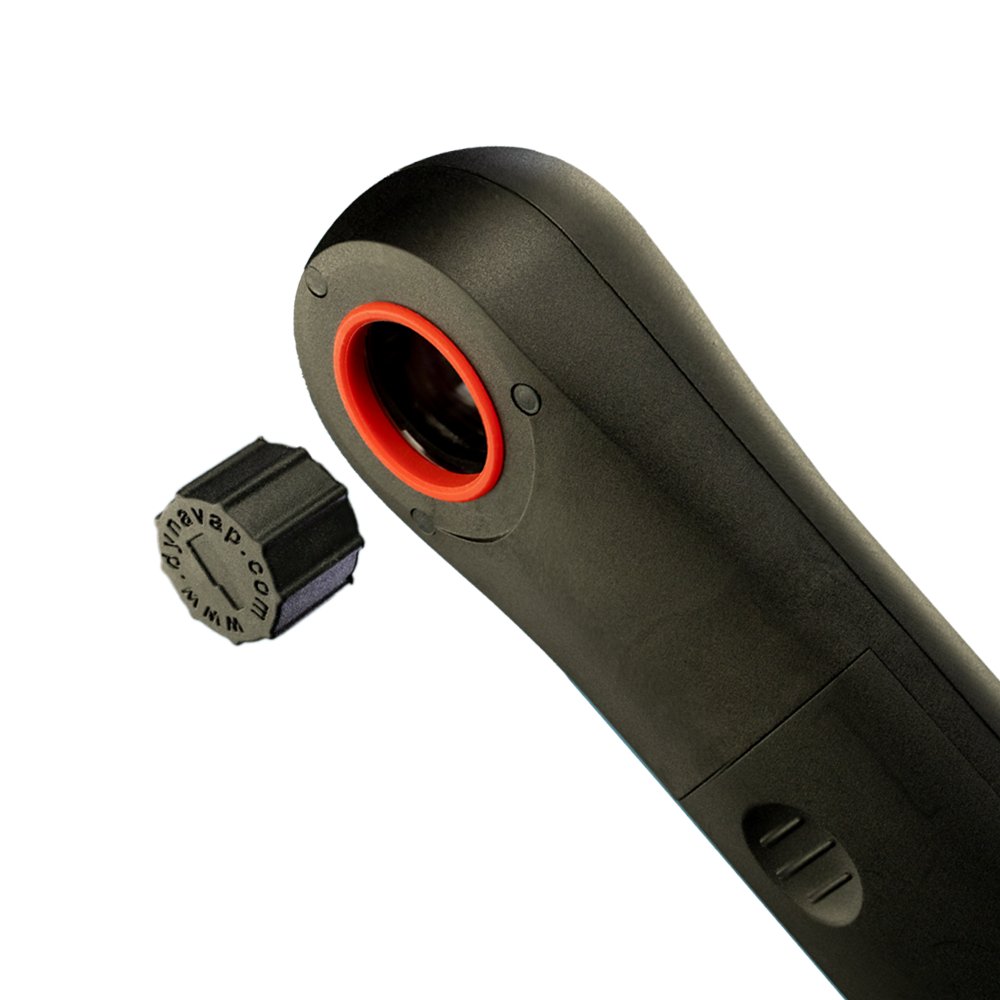Filters
Induction Heater FAQ
Induction heating uses a heating element to carry heat and disperse it to a vaping device to heat cannabis or another product. The heating element of a vaporizer is usually a coil of materials connected to a power source that generates heat. The battery provides a lot of power so the induction heater can reach a high temperature quickly.
The vape heating element you use impacts the quality of vapor, potency, flavor and your overall experience. There are several types of heating elements: metal, glass and ceramic heating elements.
The induction heating process involves heating up conductive materials such as the steel used in the Vapcap. Induction heating occurs when an alternating current flows through an induction coil and generates a magnetic field. A power supply sends a current through an inductor and the part that needs to be heated (heating metals or work coil). It works with conductive material to
deliver a higher frequency heating effect than most induction systems.
When the Vapcap is inserted into the induction coil, an electromagnet is created by oscillating a high frequency current back and forth through the coil. The oscillation causes rapid disturbances to the Vapcap’s magnetic field and begins to conduct Eddy currents. Through the process of Joule heating, the Eddy currents quickly heat the Vapcap to a click.
The induction heaters typically used for heating Vapcaps operate using a zero voltage switching (ZVS) circuit. The ZVS circuit uses electrical switches, called MOSFETs, diodes, resistors, capacitors and inductors to convert DC current into high frequency AC currents. These AC currents are then passed through the induction work coil to heat the Vapcap.
Not all induction heaters are created equally. A properly designed induction furnace can be used to melt electrically conductive metals. Fortunately, when used as a heating method for the Vapcap, a much smaller power supply can be used.
When designing a properly tuned induction heater for the Vapcap we take great care to consider the exact factors needed for the application. This is done using a two-fold process of starting with the factors we know and then using the scientific method of trial and error to fine-tune. The most common factors that can change the way an induction heater is tuned are:
● Power supply wattage
● Induction work coil geometry
● Capacitance
● Vapcap placement relative to the coil
By adjusting each of these heating elements you can change the frequency range, heat penetration and final temperature at the click. Since we constantly strive to improve our products, we are regularly testing changes and new features that can better hone in on the perfect click for our customers. On average, we spend 6-12 months exhaustively testing and refining our new Dynatec induction system prior to launching.

